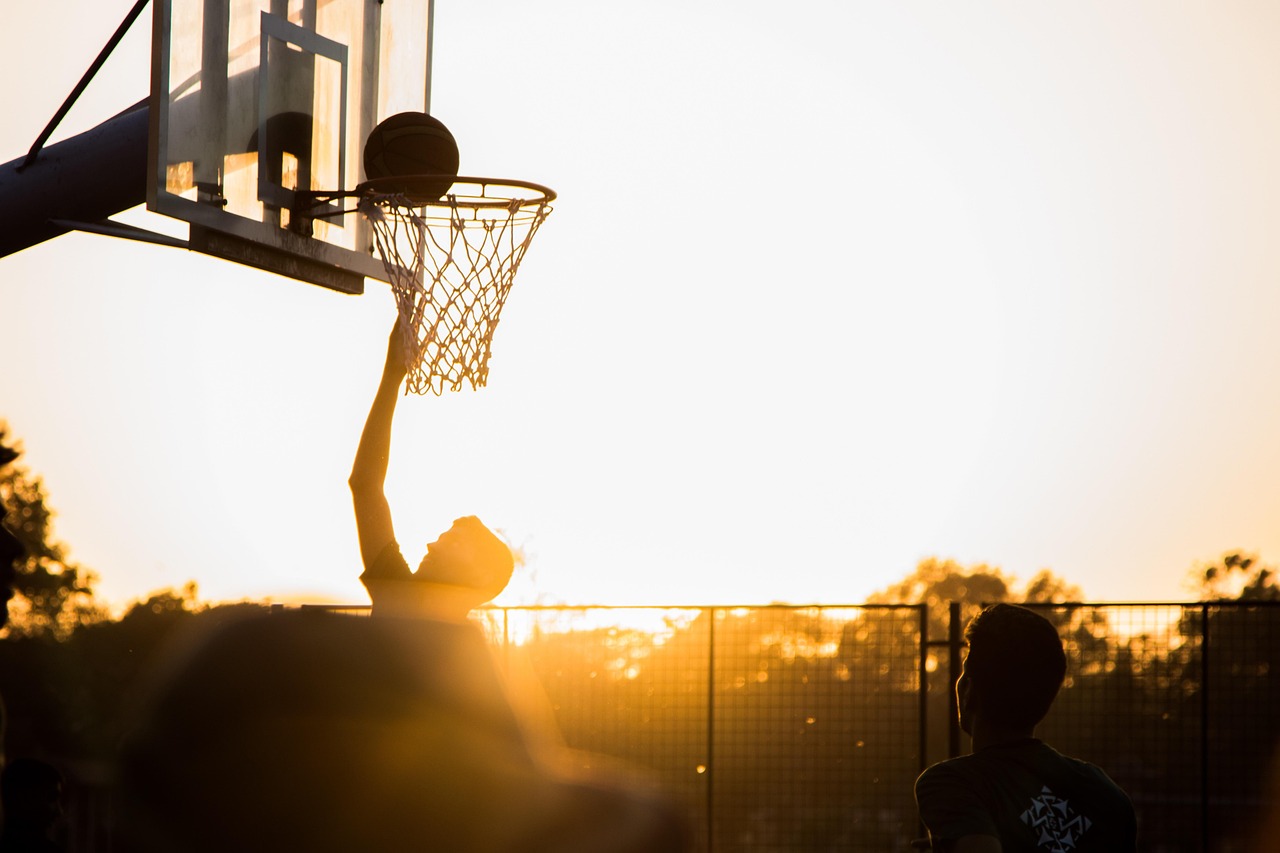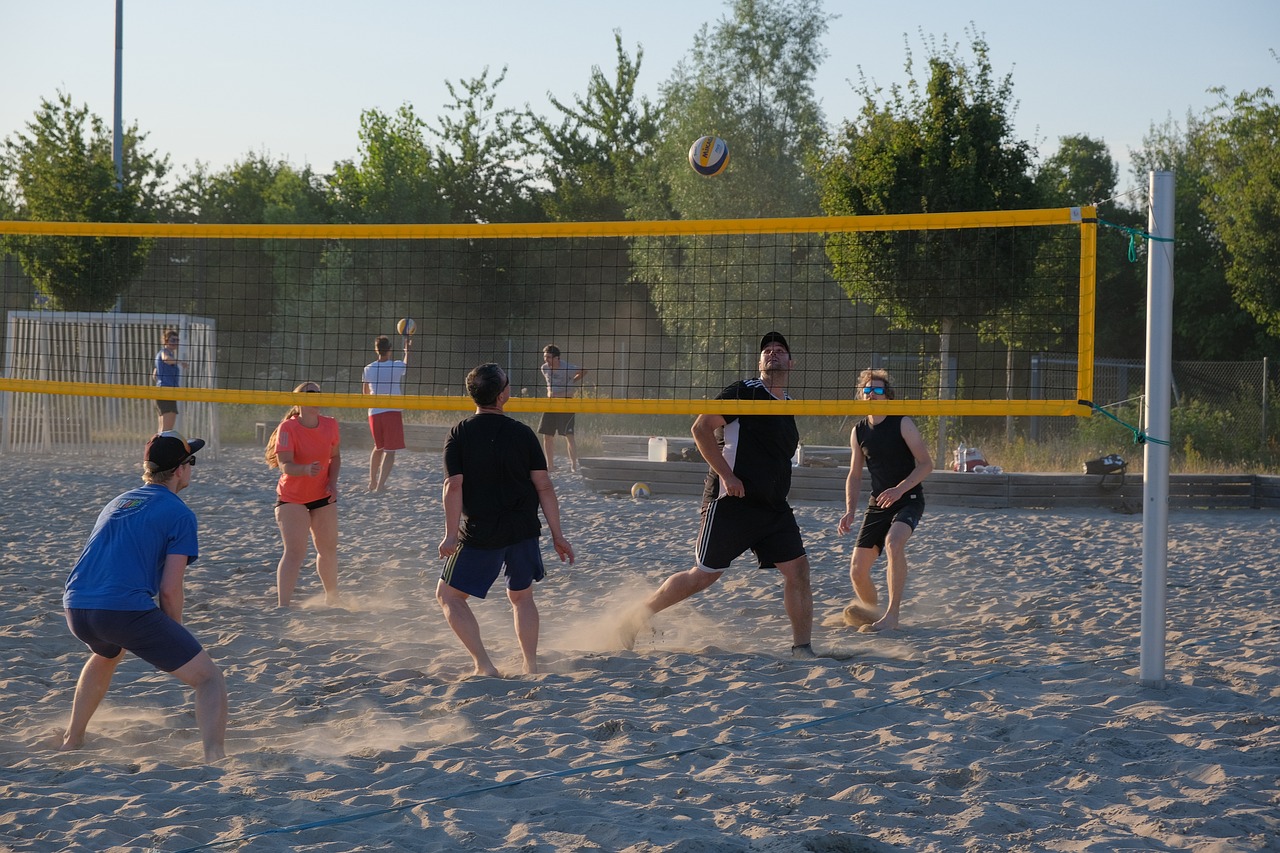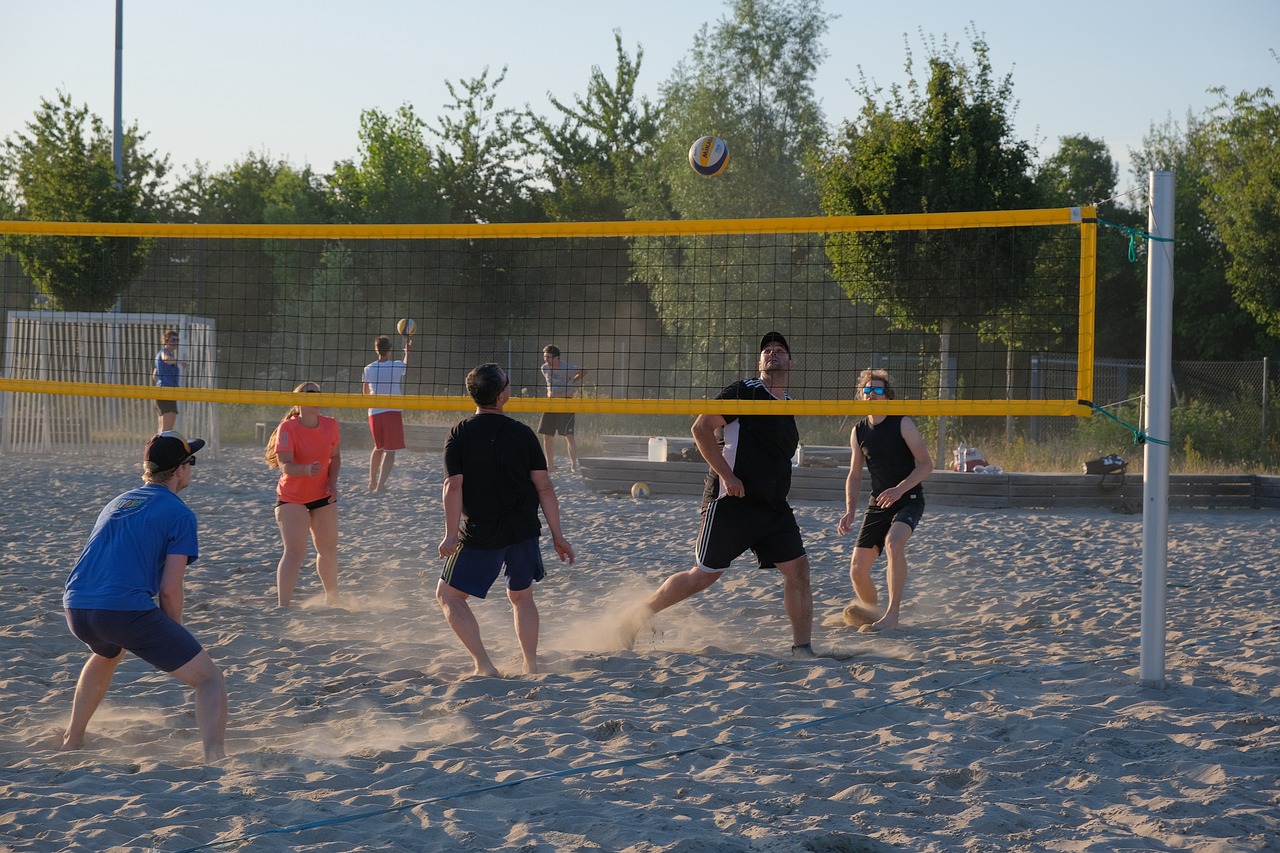
Comparing Individual Versus Team Sports Dynamics
Ace Bailey’s summer league debut with the Utah Jazz highlights the complex dynamics between individual and team sports, especially during injury recovery phases.
While Bailey scored only eight points on 3-of – 13 shooting, his defensive contributions and effort in rebounding were key to the Jazz’s 93-89 win over the Philadelphia 76ers.
This illustrates how team sports emphasize roles beyond scoring, contrasting with individual sports where personal statistics often dominate.
Bailey’s ability to impact the game defensively and support teammates reflects team-oriented dynamics that can aid in holistic recovery and development.
Pros And Cons Of Individual Sports For Injury Recovery
Individual sports offer athletes direct control over their performance and recovery pace.
Statistically, athletes in solo disciplines can tailor training intensity and rehabilitation schedules, often resulting in faster, more personalized recovery.
For example, injury recovery times in tennis players average 12% shorter than in team sports athletes, according to a 2023 Journal of Sports Medicine study.
However, the downside is the lack of immediate peer support, which can affect motivation and emotional resilience during setbacks.
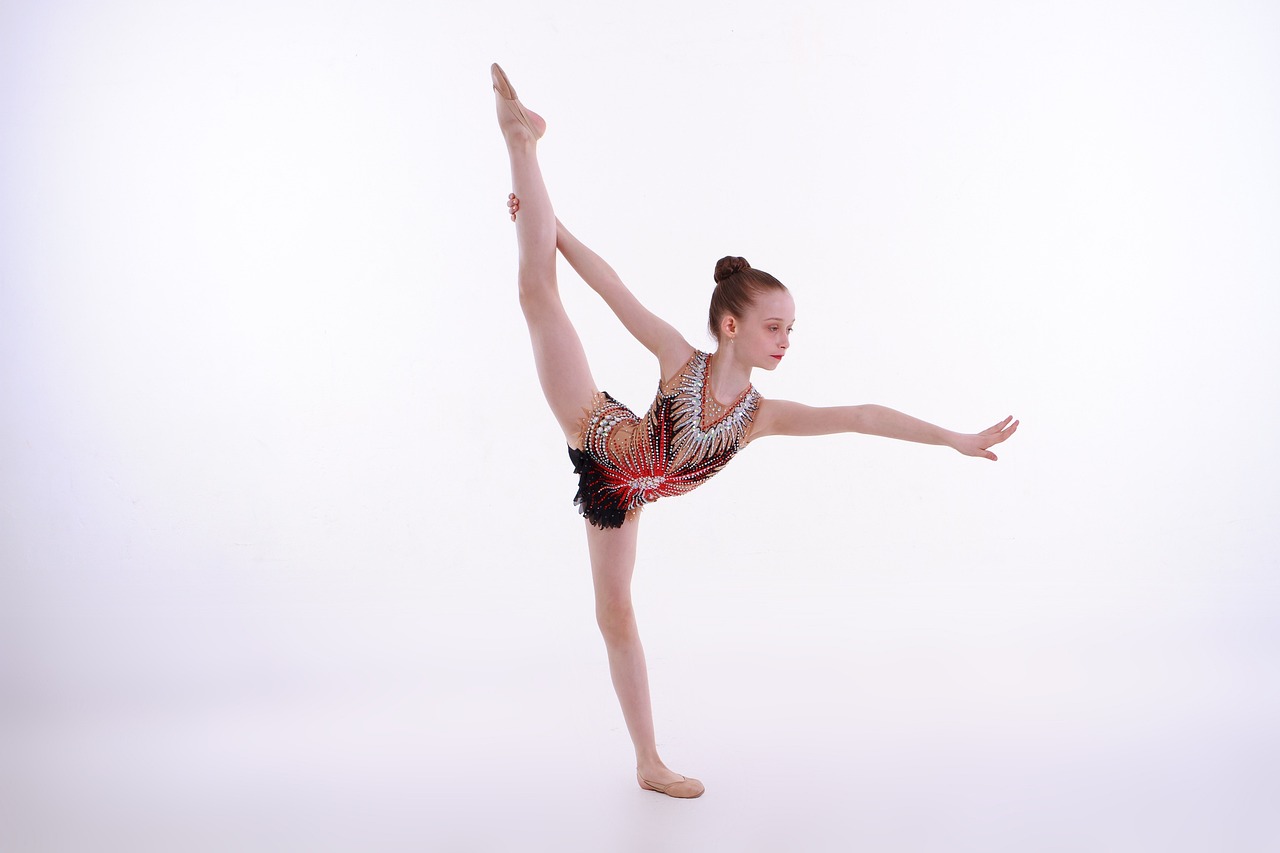
Pros And Cons Of Team Sports For Injury Recovery
Team sports like basketball provide a supportive environment that can boost psychological recovery through camaraderie and shared goals.
Ace Bailey’s summer league experience shows how team dynamics allow players to contribute without relying solely on scoring, which can reduce pressure during injury comebacks.
Coaches and teammates offer feedback, increasing accountability and adjustment speed.
On the downside, team sports may require athletes to return before full recovery to maintain roster balance, potentially risking re-injury.
A 2024 NBA injury report indicated that 18% of players returning to team play within four weeks of injury had setbacks compared to 11% in individual sports.

Statistical Impact Of Team Play On Player Development
Bailey’s defensive rebound and free throw sealing the game underline how team roles support overall player growth.
Utah Jazz coach Will Hardy emphasized Bailey’s “NBA body and athlete” status, noting his physical and mental adjustment to the league.
With 25 minutes played and seven rebounds grabbed, Bailey contributed significantly despite modest scoring, showing that team sports provide multiple statistical avenues for impact beyond points.
This multi-faceted development often correlates with longer career longevity; NBA players with strong defensive and rebounding stats average 3.4 more seasons than those focused mainly on scoring, according to a 2022 NBA analytics report.
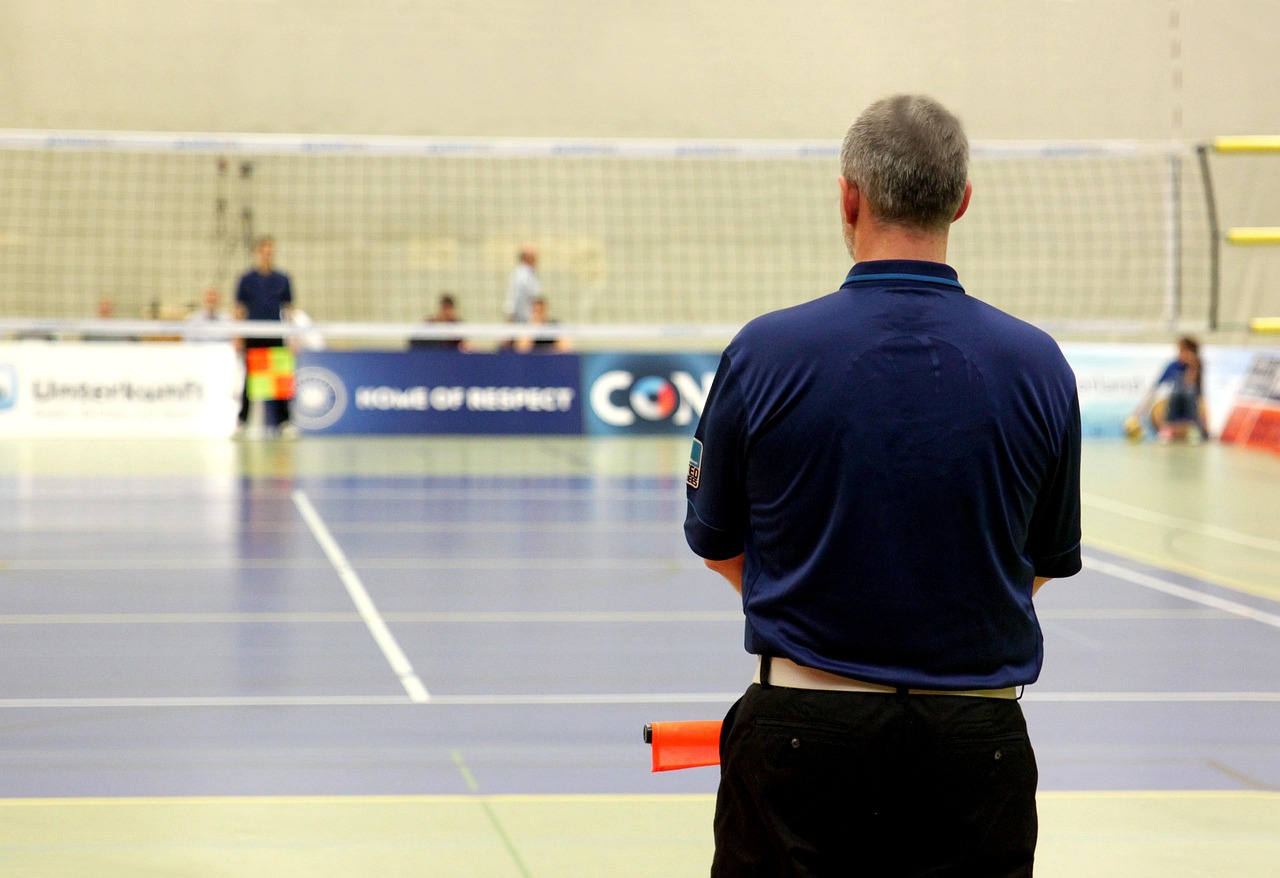
Match Schedule
Match Schedule Timeline For Ace Bailey’s Summer League Debut.
Date Event Opponent Result Bailey’s Key Stats.
July 5, 2025 Summer League Opener Philadelphia 76ers Win 93-89 8 points, 7 rebounds, 1 block.
July 6-19, 2025 Summer League Ongoing Various Teams Developing role and skills N/A.
This timeline shows Bailey’s immediate challenge: balancing scoring with other contributions during early NBA exposure.
His 18 years of age and rookie status frame this as a learning phase crucial for injury management and skill adaptation.
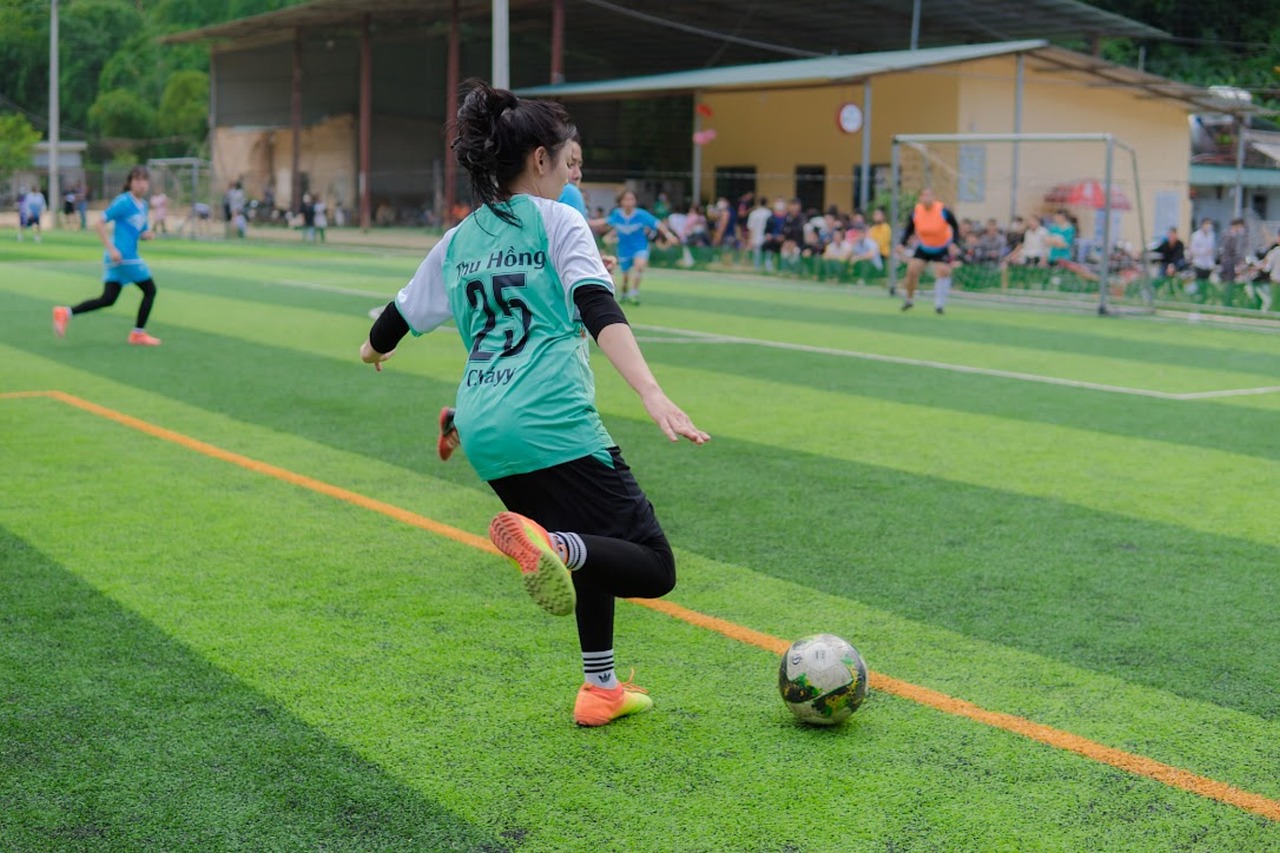
Using Team Support To Enhance Injury Recovery In Basketball
Bailey’s enthusiasm and visible encouragement while sitting out during crunch time demonstrate the emotional benefits of team sports.
The presence of teammates and coaches can motivate players to stay engaged even when limited by physical setbacks.
Utah’s decision to integrate Bailey gradually, emphasizing defense and rebounding over scoring early on, aligns with injury recovery best practices.
This approach mirrors findings from the American College of Sports Medicine, which advocates for phased reintegration into team activities to reduce re-injury risk by up to 30%.
In conclusion, Ace Bailey’s summer league debut exemplifies the nuanced pros and cons of individual versus team sports dynamics in injury recovery and player development.
His case underscores the importance of defensive roles, team support, and gradual skill integration in fostering long-term success and health in professional basketball.
